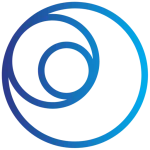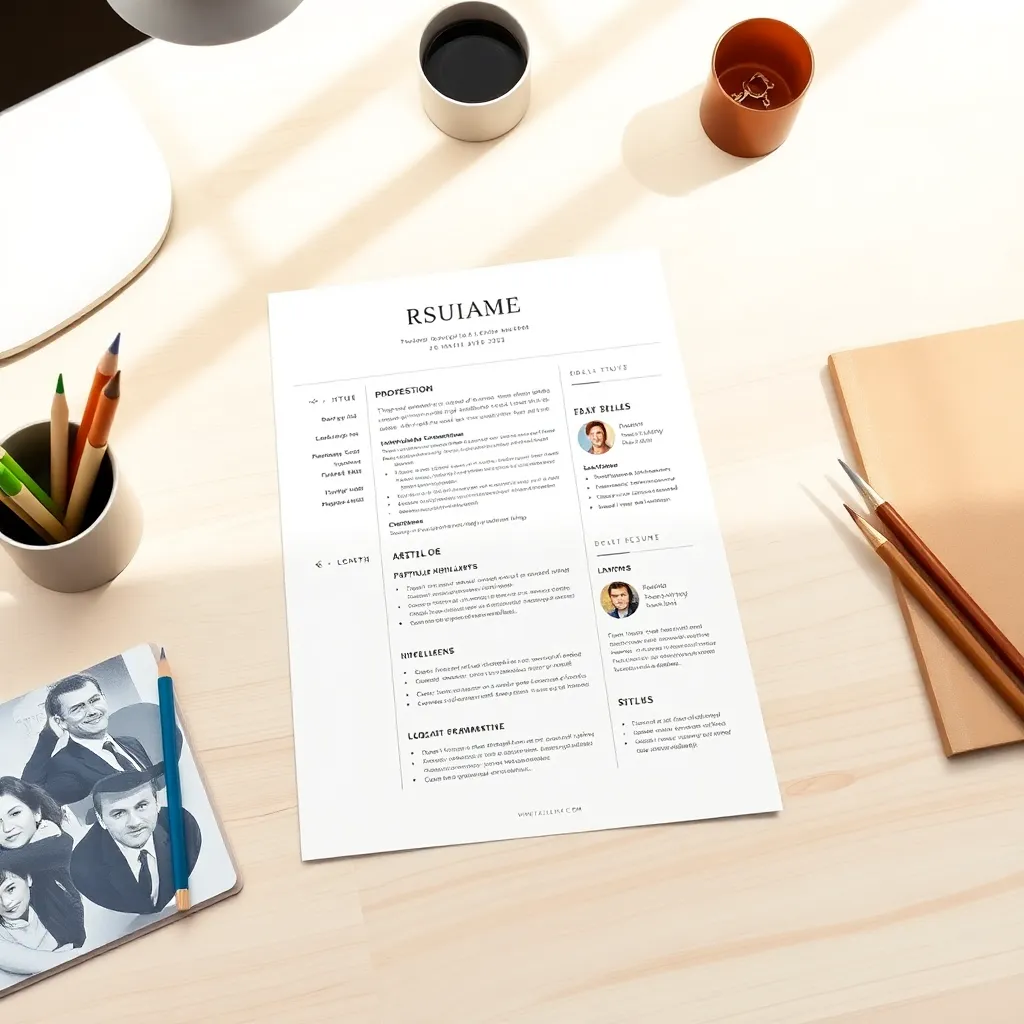As an artist or creative professional, your resume needs to be as distinctive as your work. Unlike traditional business resumes, an art resume template must strike a delicate balance between showcasing your creative vision and meeting professional standards. This guide will help you navigate the unique challenges of creating a resume that captures your artistic identity while effectively communicating your qualifications to potential employers or clients.
Why Artists Need Specialized Resume Templates
Artists follow unique career trajectories that don’t always fit neatly into conventional resume formats. A specialized artist resume template addresses these differences by:
- Showcasing visual storytelling through clean layouts that integrate portfolio samples
- Prioritizing creative output over generic corporate metrics, highlighting exhibitions, commissions, and collaborative projects
- Aligning with industry expectations where employers in the US/UK prefer “resume” over “CV” and expect concise, achievement-focused formatting
As Resume.io notes, artistic roles demand templates that highlight portfolio links, project-based work, and artistic achievements in ways traditional resumes cannot. Your resume serves as both a professional document and a reflection of your creative sensibilities.
Key Elements of an Effective Art Resume Template
1. Prominent Portfolio Integration
The most crucial element of any artist resume is a direct link to your portfolio. Place a clickable portfolio URL near your contact information or create a dedicated “Portfolio” section to ensure maximum visibility. According to ResumeGenius, this connection between resume and portfolio is essential for hiring managers to evaluate your work.
Consider these portfolio integration options:
- Direct hyperlinks in digital versions
- QR codes for printed resumes
- Brief descriptions contextualizing your portfolio content (e.g., “View 15+ editorial illustrations for major publications”)
2. Strategic Visual Hierarchy
While your resume should demonstrate creativity, it must prioritize readability. The best resume formatting for artists includes:
- Clear section headings
- Consistent typography
- Strategic use of white space
- Limited color palette (2-3 colors maximum)
Avoid the common mistake of overdesigning your resume. According to NYFA, stick to 10–12pt fonts and maintain ample white space to ensure your content remains accessible.
3. Essential Sections for Artists
Your art resume should include specialized sections that highlight your unique creative journey:
- Professional Summary: Use 2–3 lines to define your artistic niche and key accomplishments
- Skills Section: Divide into technical (software proficiency), creative (mediums/techniques), and soft skills
- Project/Exhibition History: Focus on outcomes and impact rather than responsibilities
- Education & Training: Include formal degrees, workshops, and mentorships
- Exhibitions/Publications: List juried shows, galleries, or media features with dates and venues
Selecting the Right Art Resume Template for Your Discipline
Different artistic disciplines demand different approaches to resume design. Consider these recommendations:
- Visual Artists: Opt for minimalist templates with sections for solo/group exhibitions and public installations
- Graphic Designers: Use two-column layouts to balance skills and software proficiency with project highlights
- Freelancers: Prioritize client lists and project scopes over traditional employment history
- Animators/3D Artists: Highlight technical tools and link to demo reels
Many creatives wonder whether to invest in premium templates or use artist CV templates free options. Free templates can work well if you have the skills to customize them effectively. However, premium templates often offer more sophisticated design features and better ATS compatibility—an important consideration as more creative employers use automated screening systems.
Customizing Art Resume Templates for Maximum Impact
The most effective artist resumes are tailored to specific opportunities. Here’s how to customize your template:
- Adjust Keywords: Modify terminology (e.g., “UI/UX design” vs. “mixed media”) based on job descriptions
- Add Context to Portfolios: For example, “Designed 200+ assets for a mobile app with 1M+ downloads”
- Adapt for Different Audiences: Emphasize teamwork for agencies vs. solo projects for galleries
- Update for Each Application: Curate different versions of your resume highlighting relevant experience for each opportunity
While some artists aim for cool looking resumes, remember that functionality trumps flash. Your resume should complement your portfolio, not compete with it.
Common Mistakes to Avoid with Artist Resume Templates
Even talented creatives can stumble when crafting their resumes. Avoid these common pitfalls:
- Overdesigning: Excessive graphics or unconventional layouts may confuse ATS systems and hiring managers
- Generic Portfolios: Failing to curate work samples relevant to the specific role
- Passive Language: Using weak descriptions instead of achievement-oriented statements
- Ignoring ATS Compatibility: Using non-standard headings that automated systems can’t recognize
- Inconsistent Visual Language: Creating a disconnect between your resume design and portfolio aesthetic
Final Thoughts
Your art resume template should function as both a professional document and a preview of your creative sensibilities. By balancing artistic expression with strategic presentation of your skills and accomplishments, you’ll create a resume that opens doors in the competitive creative industry.
For additional support, consider affordable resume writing services that specialize in creative fields, or look at American resume format samples for inspiration. With the right template and thoughtful customization, your artist resume will become a powerful tool in advancing your creative career.
Whether you’re applying for gallery representation, a design position, or creative freelance work, ResuFit can help you craft a resume that showcases your unique talents while meeting industry standards. Our AI-powered tools can analyze your existing resume and provide actionable tips for improvement, helping you create a document that gets noticed in the competitive art world.

